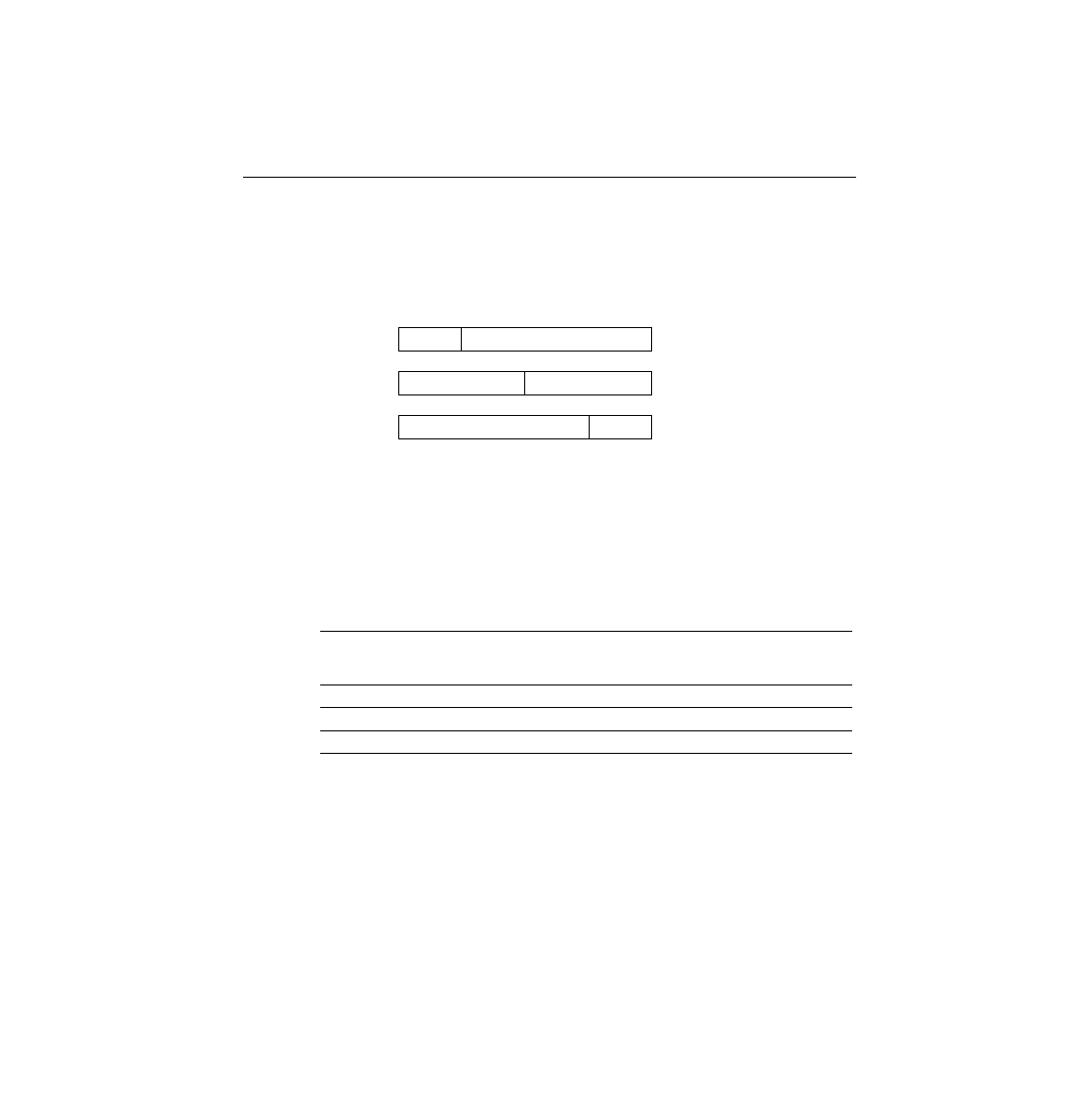
Consider Figure 5-18, which shows the format of Class A, B, and C addresses when no
subnetting is used.
part. The only variable is whether the address in question is in a Class A, B, or C network.
has binary 0 for each corresponding bit position in the address that is considered to be part of
the host portion of the address. Similarly, it appears that the mask implies the size and position
of the network part of the address; however, the network part is actually already implied by the
class of network. Table 5-12 summarizes the default masks and reflects the sizes of the two parts
of an IP address.
This field is created by "stealing" bits from the host part of the address. Figure 5-19 shows the
format of addresses when subnetting.
determined by the class (A, B, or C). The host part is determined by the subnet mask in use--
the number of bits of value 0 in the subnet mask define the number of host bits. The remaining
bits define the size of the subnet part of the address. For instance, a mask of 255.255.255.240,
used with a Class C network, implies four host bits. As shown in Figure 5-19, a Class C network
has 24 network bits. (The mask can be more easily converted to decimal using the table in
Appendix B.) The mask has four binary 0s at the end, implying 4 host bits.
Part of Address, in
Bits
Address, in Bits
Each Class of
Network